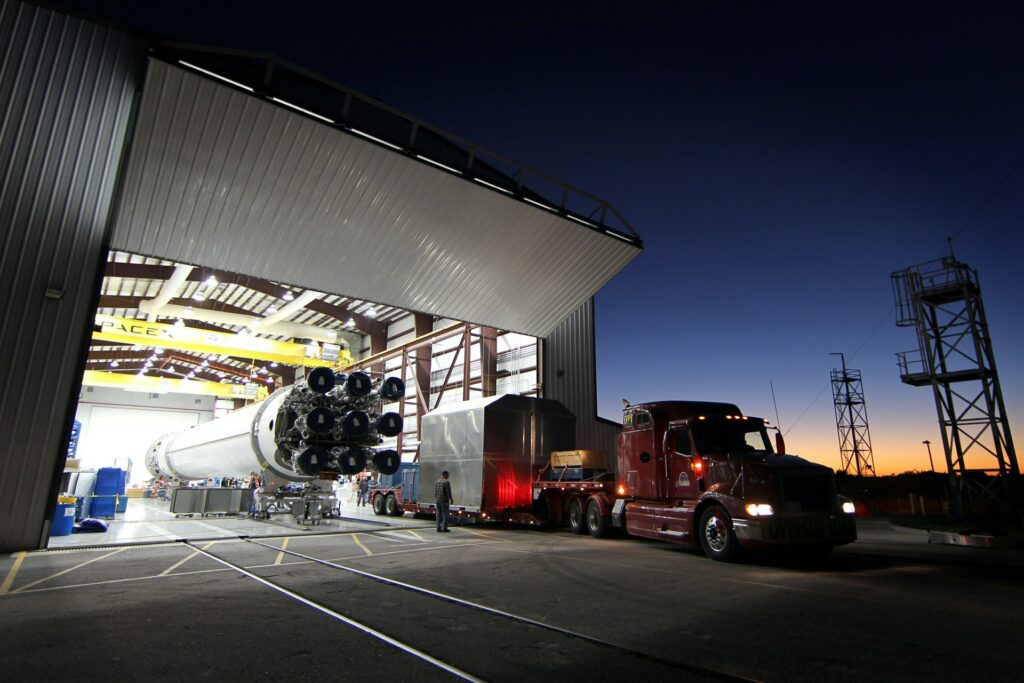At the point when individuals consider undertaking IT foundation, they regularly envision racks of equipment secured away server farms and cellars. However, it is really a point of convergence of interruption and development in each zone, from workers and capacity to systems administration and programming.
What are the patterns that are offering ascend to such disturbance and advancement? Furthermore, what are the suggestions for business-innovation system?




Both IT framework suppliers and clients should address these inquiries as they plan their prospects. We have distinguished ten patterns that are now majorly affecting IT foundation and will bring significantly more interruption throughout the next few years. Here is a glance at what is changing and how organizations can react.
Recognizable patterns at a quicker movement and more prominent scope
The accompanying patterns won’t be brand new information to anybody, yet their new quickening and the size of their effect may come as an astonishment.
- ‘As-a-administration’ utilization for everything from programming to equipment. Endeavor purchasers progressively incline toward utilization based estimating models—a marvel that began with programming and has now moved into equipment. This move from capital uses to operational consumptions decreases hazard, opens up capital, and gives expanded adaptability.
- From 2015 through 2016, incomes for foundation as a help (IaaS) and stage as an assistance (PaaS) rose by 53 percent, making them the most elevated development portions in cloud and framework services.1 Considering that a unit of figure/stockpiling in the cloud can be dependent upon 40 to 50 percent less expensive in all out expense of possession than a unit on premises, the move to as-a-administration models is striking. Notwithstanding moving from on reason to cloud, IT suppliers and clients are trying different things with annuity-based installments for customary equipment.
- The public cloud goes standard. While organizations have been moving their outstanding tasks at hand to the public cloud for quite a long time, there has as of late been an ocean change everywhere endeavors. Capital One, GE, Netflix, Time Inc., and numerous others have radically diminished or even wiped out their private server farms, moving their activities to the cloud.2 indeed, cloud suppliers are relied upon to represent around 80% of sent worker and capacity limit by 2018.
Amazon is the pioneer in IaaS, with around 40% market share.3 Microsoft is a reasonable second, trailed by Google and IBM. Together these players represent around 65 percent of the IaaS market today.4 With the decrease of on-premises server farms, they could represent practically 50% of all IT framework provisioning by 2020.
On the off chance that that is the situation, just organizations with huge capital-speculation capacities could rival them.
One potential competitor would be Alibaba, which has as of late experienced triple-digit year-over-year cloud-related income development, driven to a great extent by cloud reception in China. 5
- Expanded utilization of open-source contributions, all over the stack. Roughly 65 percent of organizations expanded their utilization of open-source programming from 2015 to 2016, as indicated by the 2016 Future of Open Source Survey directed by Black Duck and North Bridge. Significant IT suppliers currently depend on projects, for example, Apache Spark, Kubernetes, and OpenShift. In addition, Airbnb, Airbus, eBay, Intel, and Qualcomm are among the numerous huge organizations utilizing TensorFlow, Google’s open-source library of AI code.6 Facebook’s Open Compute Project, which intends to make equipment more proficient, adaptable, and versatile, has broadened the open-source development into the server farms of organizations that are partaking individuals, for example, AT&T, Deutsche Telekom, and Goldman Sachs.7
- Network protection stays a significant concern. Network safety keeps on being a top C-suite and board-level need. Across all ventures, assaults are filling in number and unpredictability, with 80% of innovation chiefs revealing that their associations are battling to mount a strong protection. Numerous organizations can’t select the inside ability required on the grounds that there is a deficiency of network protection specialists, driving them to put resources into oversaw security administrations. Cloud-based security contributions are additionally getting more alluring to organizations, with McKinsey assessing that they will involve 60% of security items by 2020, up from 10% in 2015.
Might you want to become familiar with our High Tech Practice?
- Standard solace with ‘white box’ equipment. Customarily, IT foundation suppliers have depended on collecting marked frameworks for their worker, stockpiling, and systems administration contributions. To do as such, they reevaluated equipment assembling to unique plan makers (ODMs). In any case, this model is turning out to be old since clients are progressively reluctant to pay for gathering. All things being equal, clients go straightforwardly to ODMs, utilizing plans for workers got from sources, for example, Facebook’s Open Compute Project to modify their server farm arrangements. Open Compute Project part organizations that have taken this course incorporate IBM, Fidelity Investments, and Verizon.8 As examined later in this article, a considerable lot of these ODMs are situated in Asia, which is driving more equipment business to that area. By 2020, IDC gauges that “self-assembled” workers will contain a large portion of the hyperscale-worker market.


